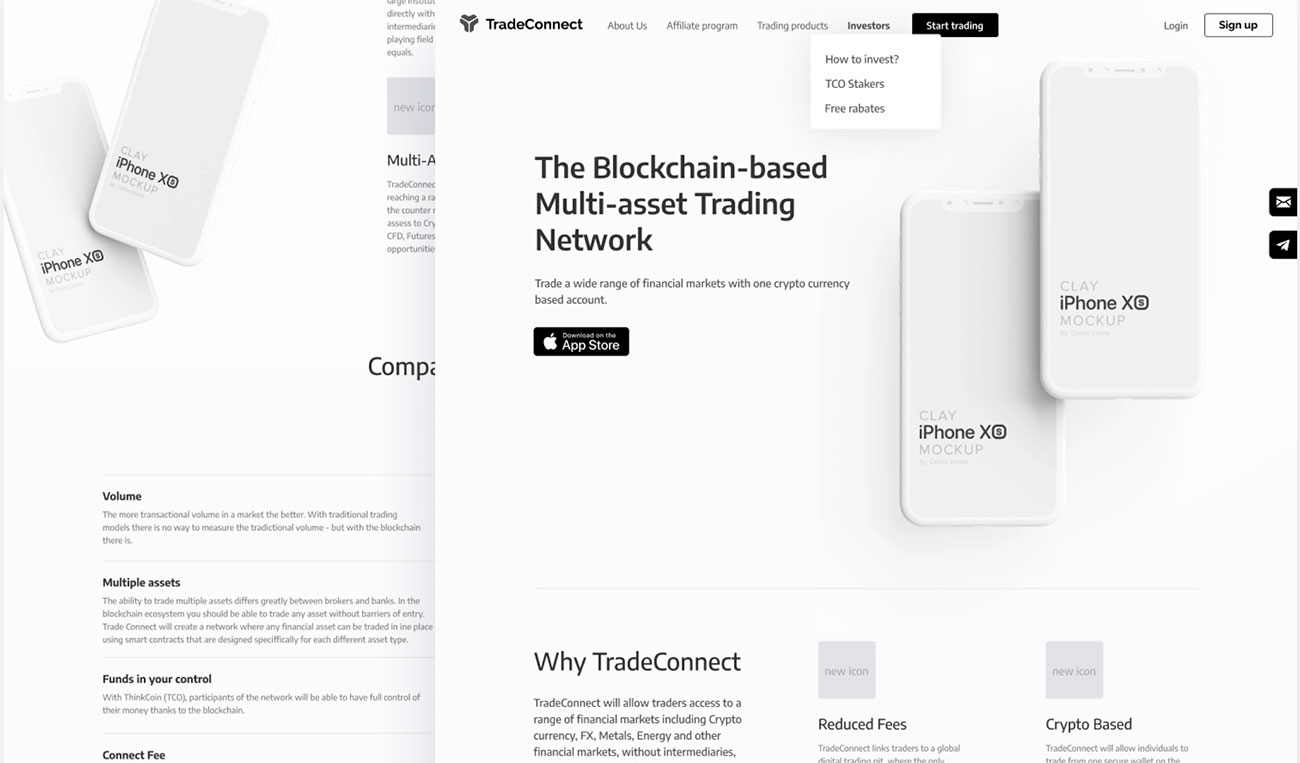It takes 50 milliseconds for a visitor to get an impression. You have only a fraction of a second to make sure every visitor knows where they are and what to expect. Even the tiniest details matter. Through captivating calls-to-action and other methodologies, eCommerce website development must be rooted in the goal of driving sales.

So, what does the most effective eCommerce website look like? Fast load times, seamless navigation between pages and products, perfect graphics—the best eCommerce websites offer all of this. A website that is not responsive gets no rankings, less traffic, fewer leads, and poor conversion. The website must be well-structured and built around both user searches and behaviors for higher indexing on search engines.




 Meet Our Team
Meet Our Team
 Meet Our Team
Meet Our Team
First, we look at how your ideal customers search for your eCommerce website. Using advanced SEO analytics tools, we identify your business’s key most critical key phrases. We discover the volume those searches get, who your page one competitors are, and what kind of content, link building, and other SEO strategies have earned this ranking. This helps us understand the gap between you and your competitors. It answers: How can we most effectively compete? And what benchmarks do we need to set for your site?

Next, we will develop a customized semantic core for your eCommerce website. A semantic core is a group of high-traffic, high-value key phrases that are also very relevant to your website. We then group these phrases so that we can use the right phrases on the right pages to increase each page’s conversion rate. We optimize your website with the right site structure. This means that no crucial pages are more than two clicks from your home page. This eCommerce website design represents the easiest website for both Google and people to understand. In website design, “easy” equals optimization, at least on the customer side of things.

We believe that good design starts with a robust information structure, so we take it seriously. If a webpage doesn’t meet your audience’s immediate expectations, visitors will leave. We prioritize and optimize where information is on the page to send a clear message to the visitor. “You’re in the right place.” Consistency across pages builds trust, keeps people on the site longer, and directly influences the conversion rate. We develop a prototype for each type of page. Once our client approves it, we go to the next stage of eCommerce website development.

Visuals evoke a specific emotion. This emotion is a powerful sales driver. A moodboard allows us to define all design elements to give you a feel for what the future site will look and “feel” like. Before we create an eCommerce website, we need to know your target audience and the primary goals you have for your website. With this in hand, we consider the visual elements to convey a message that resonates with your audience and builds trust.

Once you’ve decided on a concept, we’re ready for the eCommerce website development stage. We’ll create a mockup of your whole website. You’ll be able to click through it and experience the site the way your customer will once it’s live. This is essential because you need to know how your customer will experience your eCommerce website design.

Once you’ve decided on a concept, we’re ready for the eCommerce website development stage. We’ll create a mockup of your whole website. You’ll be able to click through it and experience the site the way your customer will once it’s live. This is essential because you need to know how your customer will experience your eCommerce website design.

At this step, we convert mockups to code and optimize your checkout system to make sure orders, payments, and scheduling can go through seamlessly.

Now, we must ensure the right, search-relevant content is on each page to both convert visitors and qualify your site for the search results. We also handle the technical aspects of eCommerce website design. This gives your site a chance to rank well on Google.

We optimize titles, descriptions, headlines, and images. These elements are critical because they impact page load speed, click-through rate from search, and overall page and brand experience. With time, this also affects your website’s visibility in search results. Once the site goes live, we submit your website sitemap and robots.txt file to Google for it to know which pages we want to be indexed by search bots.

Now, it’s time for the final strokes. We carefully migrate the website to the hosting provider to become live. Once here, we again test each page to ensure everything is working as expected. We’ll monitor after it goes live to enhance user experience as needed. We set up analytics on the site to track eCommerce website design performance and how real customers navigate through the site for quality assurance.
